4 Study Strategies for Students Who Struggle with Executive Function
April 24, 2025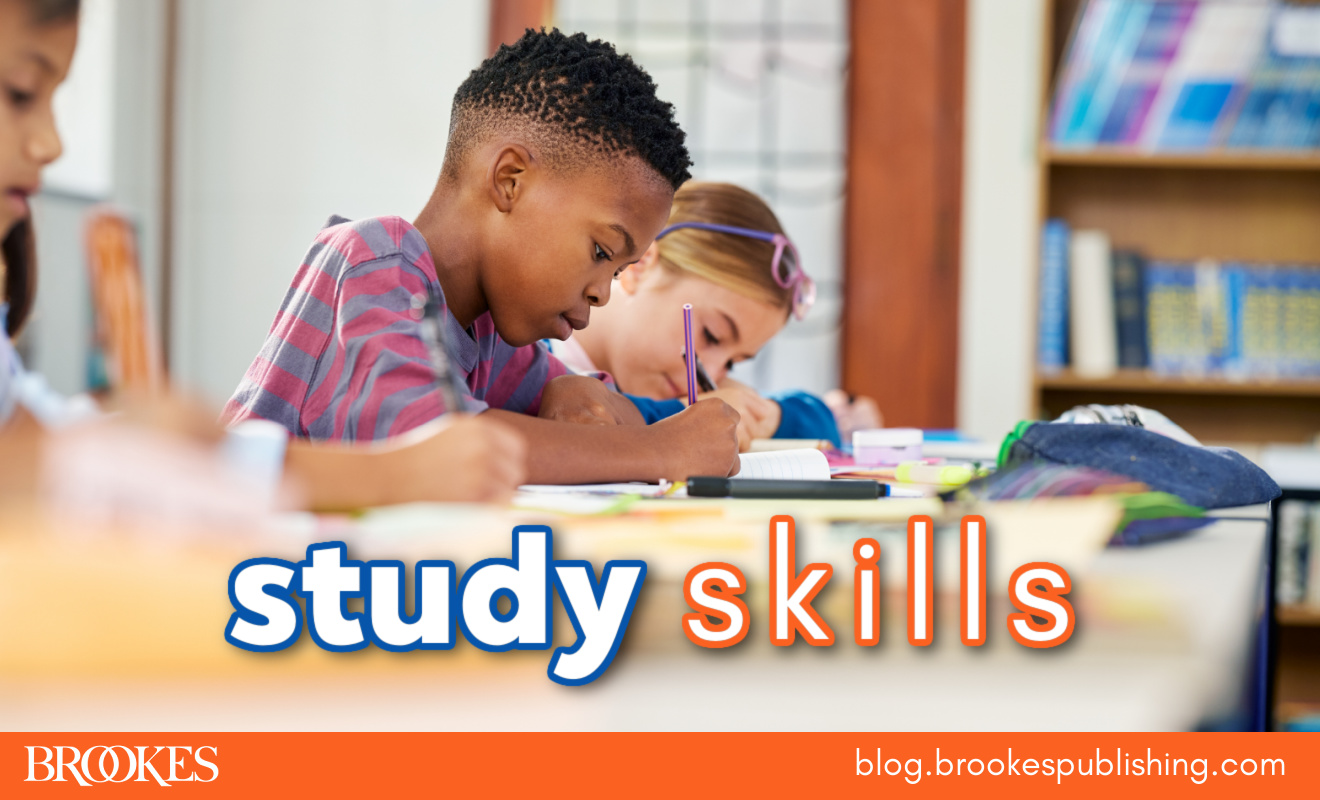
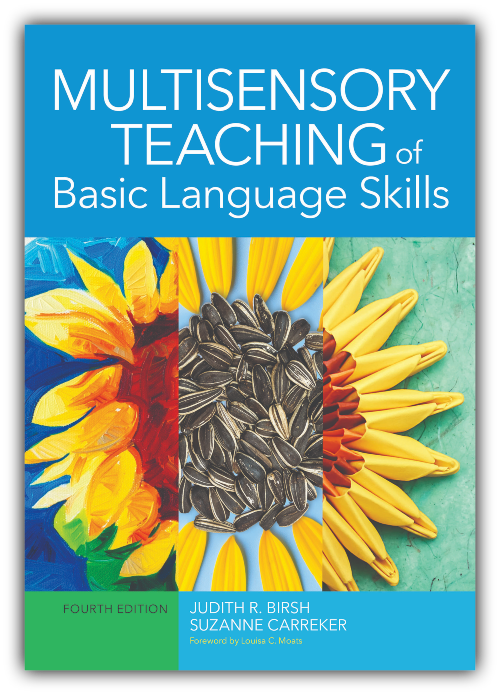 *Today’s post has been adapted from the chapter “The Role of Executive Function in Literacy Instruction” by Monica Gordon-Pershey, in Multisensory Teaching of Basic Language Skills, Fourth Edition, edited by Judith R. Birsh & Suzanne Carreker.
*Today’s post has been adapted from the chapter “The Role of Executive Function in Literacy Instruction” by Monica Gordon-Pershey, in Multisensory Teaching of Basic Language Skills, Fourth Edition, edited by Judith R. Birsh & Suzanne Carreker.
Successful studying requires sustained focus, endurance, and vigilance so that students’ learning and storage are solidified. For students who struggle with executive function skills, this can be a significant challenge. Parents and teachers can facilitate students’ self-regulation during studying with the four methods outlined here.
Have dedicated time periods for studying in dedicated study areas.
An executive function deficit is a deficit in the cognitive processes needed to flexibly attend, inhibit distractions, and review and retain information in working memory. It’s counterproductive to expect students with executive function difficulties to study in conditions that do not optimally reduce barriers to focusing and storing information.
Having dedicated time periods for studying may be difficult to achieve in the context of busy schedules at school and at home. But students who need support to develop executive functioning skills need specific periods of time for studying when they are not fatigued, distracted, or hurried. Students also need a place to study that is quiet and free of distractions. For some students, a headset that plays a recording of nature sounds or non-distracting music may help them focus and screen out environmental noise.
Teach study skills explicitly.
Effective studying involves having study skills and learning strategies. Parents and teachers can provide direct and explicit instructions on how to study and learn. Some study skills are generalizable across different academic subjects. Study skills such as “read all directions before beginning an assignment,” “highlight key words,” “highlight topic sentences,” “make a list of questions that you have,” “write a brief summary of main ideas,” “make up some quiz questions for yourself,” and “create mnemonic devices” are all generalizable.
Teach learning strategies.
Working memory is used to its best effect when information is processed in a strategic, organized way. Learning strategies are similar to study skills, but they may point more directly toward a systematized way to learn certain concepts and explain ideas. “Make up quiz questions for yourself” as a study skill becomes a learning strategy when the quiz questions ask, for example, for strategic learning by enumeration (“There are four causes for…”), or for learning by thinking in categories (“The planets are…. The moons of each planet are…”), or by going from general to specific (“Living creatures need oxygen, but specific ways for creatures to obtain oxygen are…”). Information is not only in the forefront of the learner’s mind; it is being actively processed in a way that facilitates a structured plan for recalling the information.
Position yourself as a partner in learning.
A final consideration for effective studying is for parents and teachers to position themselves as partners in learning with the student, who is working to bring executive function skills to the task of studying. Studying with a partner in learning can feel more inviting to students than performing their studying before the audience of an overseeing adult.
Adults might not only guide and direct, from the stance of expert helping novice, but they can also model behaviors, share tasks, and cue and assist learners from the stance of another person who is also learning how to figure out how to succeed at a task. For example, an adult can:
- Model cognitive flexibility. Example: “I’m going to draft my ideas on paper and not even think about correct spelling and punctuation. Once I like how I have written my ideas, I will review my paper a few times. That’s when I’ll shift my focus to pay careful attention to correct spelling and punctuation.”
- Share a task with the student. Example: “On this page, I’ll underline the signal words, and you underline the key words. On the next page, we’ll switch.”
- Cue the student to stimulate inhibitory control. Example: “Try closing your laptop while we discuss what we’ve read on that website so that the screen is not a distraction.”
- Help only when help is needed. Example: “Try this problem, and let me know if you need help.” Assisting in this way facilitates self-monitoring to ask for help when help is needed.
- Ask a reflective question such as “Why do you need help now?” This offers the student the chance to verbalize their learning needs and thus further self-monitor (e.g., “I forget what the next step should be”).
For more specific guidance on supporting students who struggle with executive function, see the dedicated chapter in Multisensory Teaching of Basic Language Skills, Fourth Edition, and check out these blog posts:

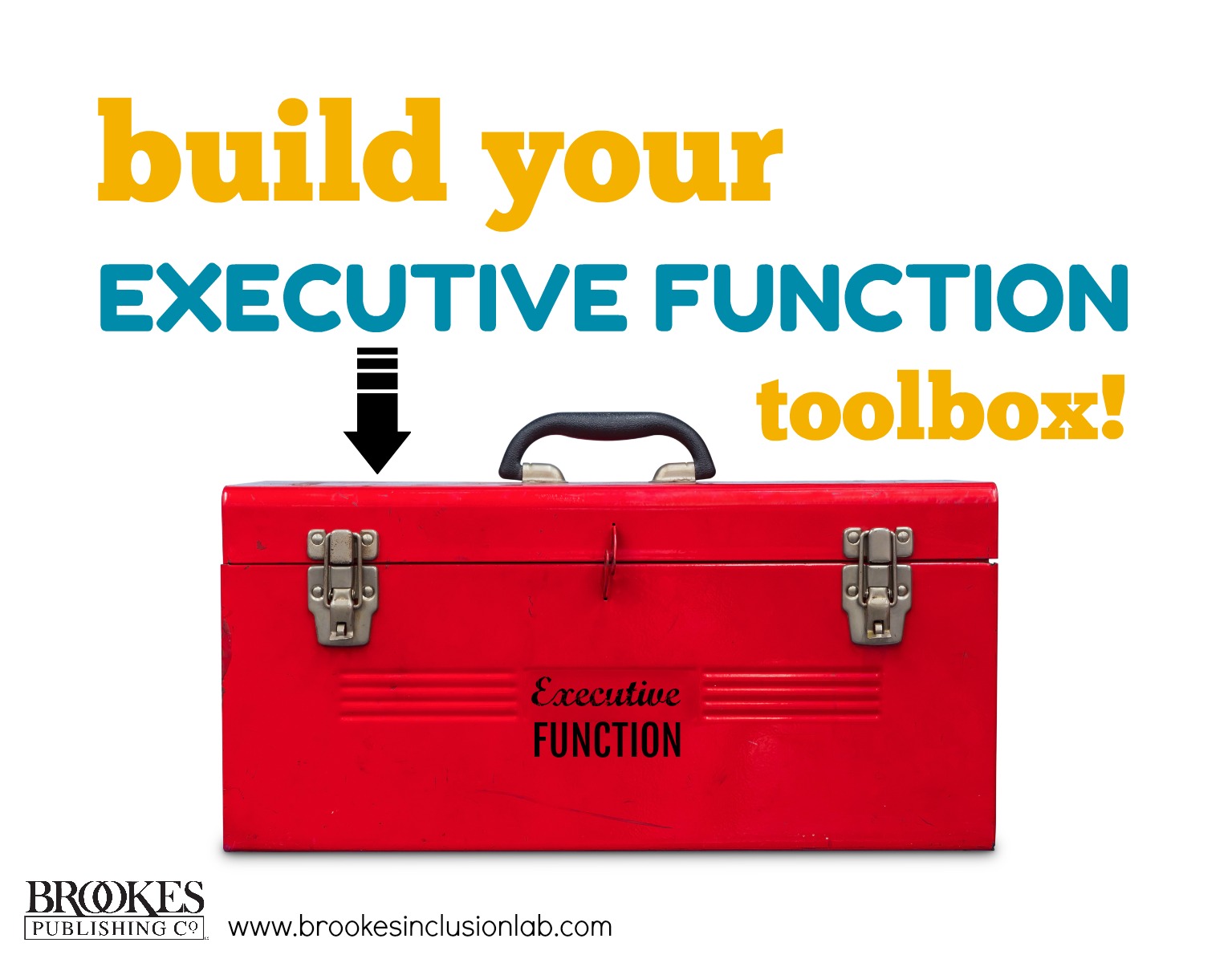
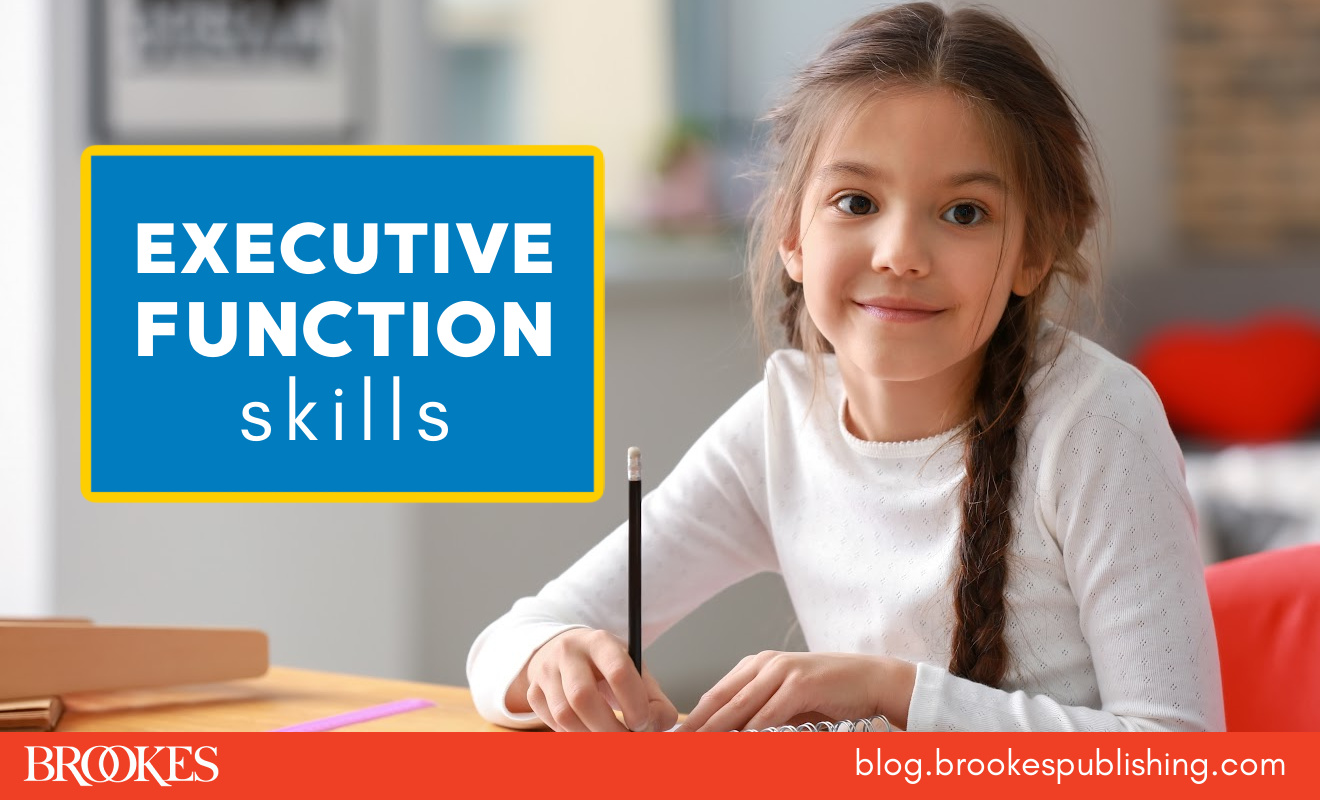
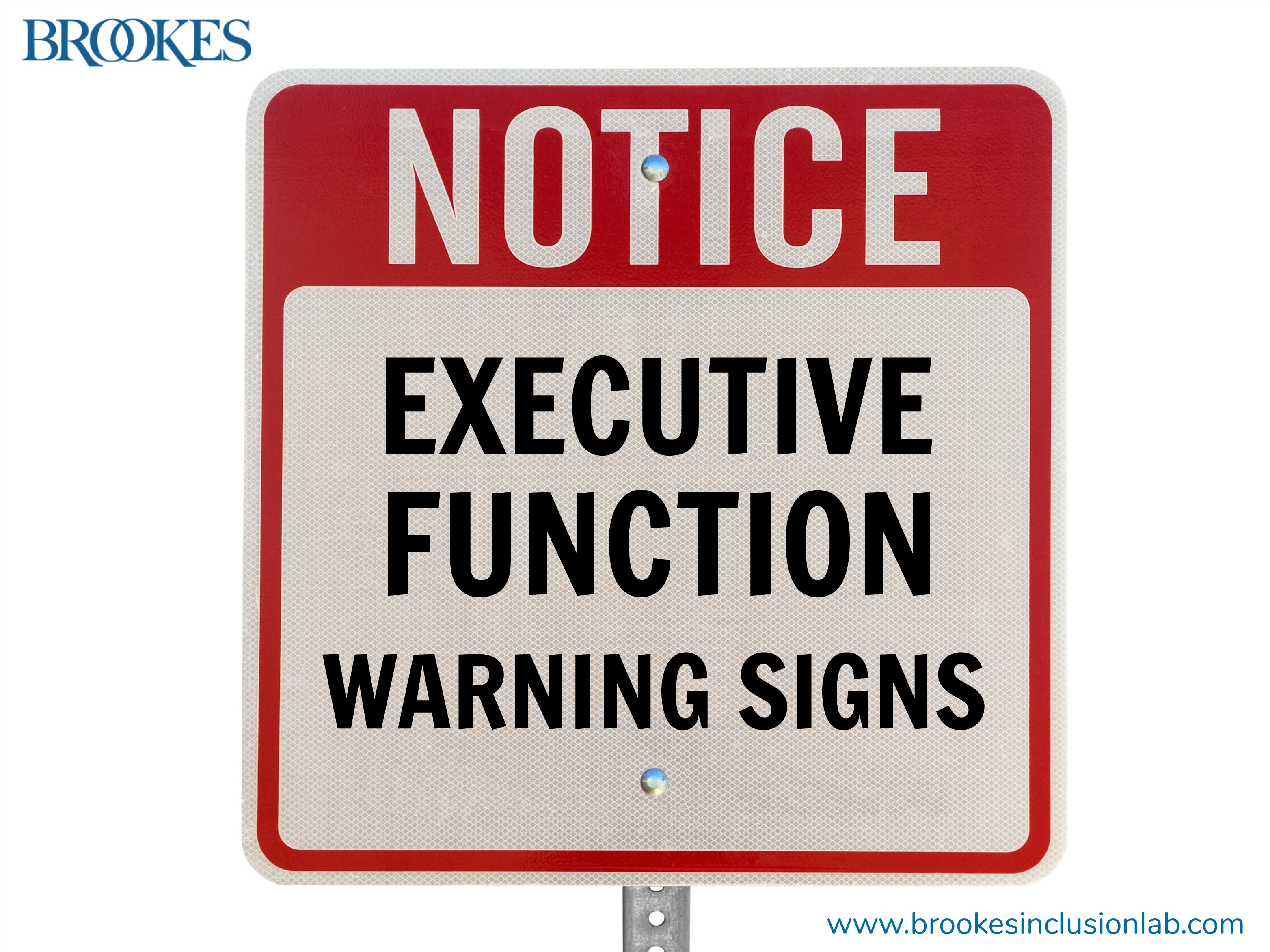
Write a Comment
Your email address will not be published. Required fields are marked *
Post a Comment